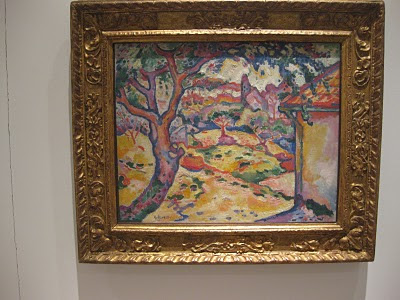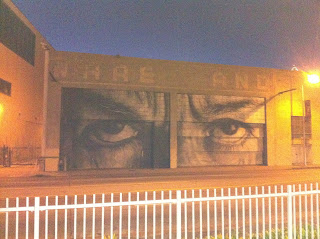Saturday, June 07, 2014 -  architecture,cultural heritage,destruction,Marc Balcells,Spring 2014,the Journal of Art Crime
architecture,cultural heritage,destruction,Marc Balcells,Spring 2014,the Journal of Art Crime
 No comments
No comments
 architecture,cultural heritage,destruction,Marc Balcells,Spring 2014,the Journal of Art Crime
architecture,cultural heritage,destruction,Marc Balcells,Spring 2014,the Journal of Art Crime
 No comments
No comments
Marc Balcells reviews Robert Bevan's "The Destruction of Memory: Architecture at War" in the Spring 2014 issue of The Journal of Art Crime
Marc Balcells, a criminologist and an associate editor for The Journal of Art Crime, reviews Robert Bevan's 2006 book, The Destruction of Memory: Architecture at War (Reaktion Books) in the Spring 2014 issue:
I was drawn to Robert Bevan’s book after conducting a literature review for an article I was working on. After reading the sections I was interested in, I left the book nearby, as I was eager to read the entirety of its contents the sooner the better. Bevan, former editor of the magazine Building design, chronicles and deeply analyzes along the 240 pages of the book (divided in seven chapters) several cases of architectonical destruction and how it has an impact in obliterating not only an ethnic group but also what they represent.
Chapter one sets the tone for the chapters that follow: in an introductory, broader approach if compared to the rest of the chapters, which are more specific and deal with particular issues of cultural heritage destruction, the author explains how architecture achieves a totemic status with a meaning that needs to be destroyed in order to ensure the eradication of a particular ethnic group. It is interesting to see how the author delineates the history of architectonical destruction, and for the readers interested in the legislation related to destruction of cultural heritage, it is also briefly described in this chapter.
You may finish reading this review in the Spring 2014 issue of ARCA's Journal of Art Crime by subscribing through the website or ordering a printed copy through Amazon.com.Chapter two talks about cultural cleansing: the author looks for similarities and differences between kristallnacht and the beginning of the treatment of the Jewish by the Nazi regime, and the Balkan wars. The genocide of the Armenians, another important one of the twentieth century, is explained in order to highlight the need not only to eradicate the individuals but also its collective memory and identity.









